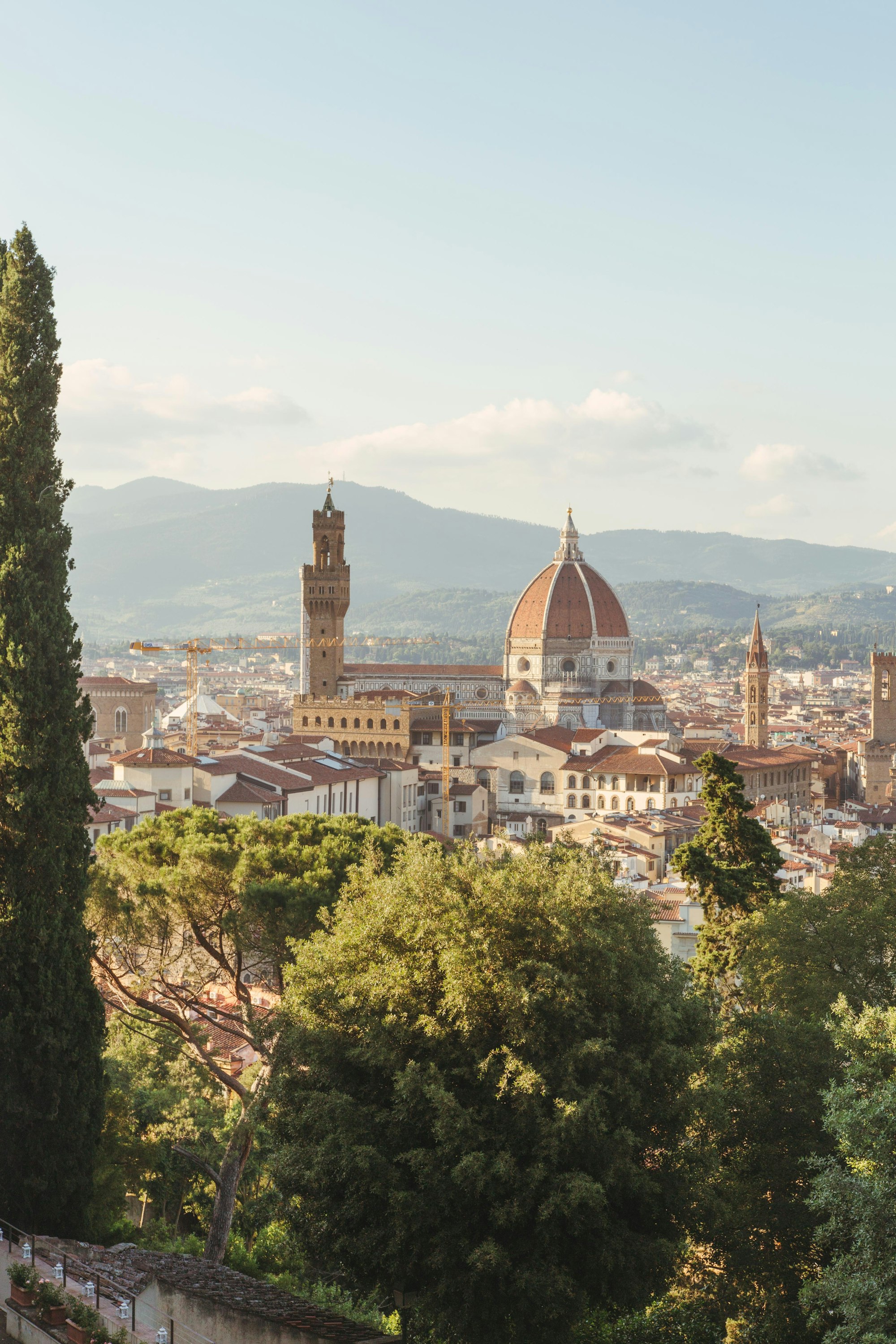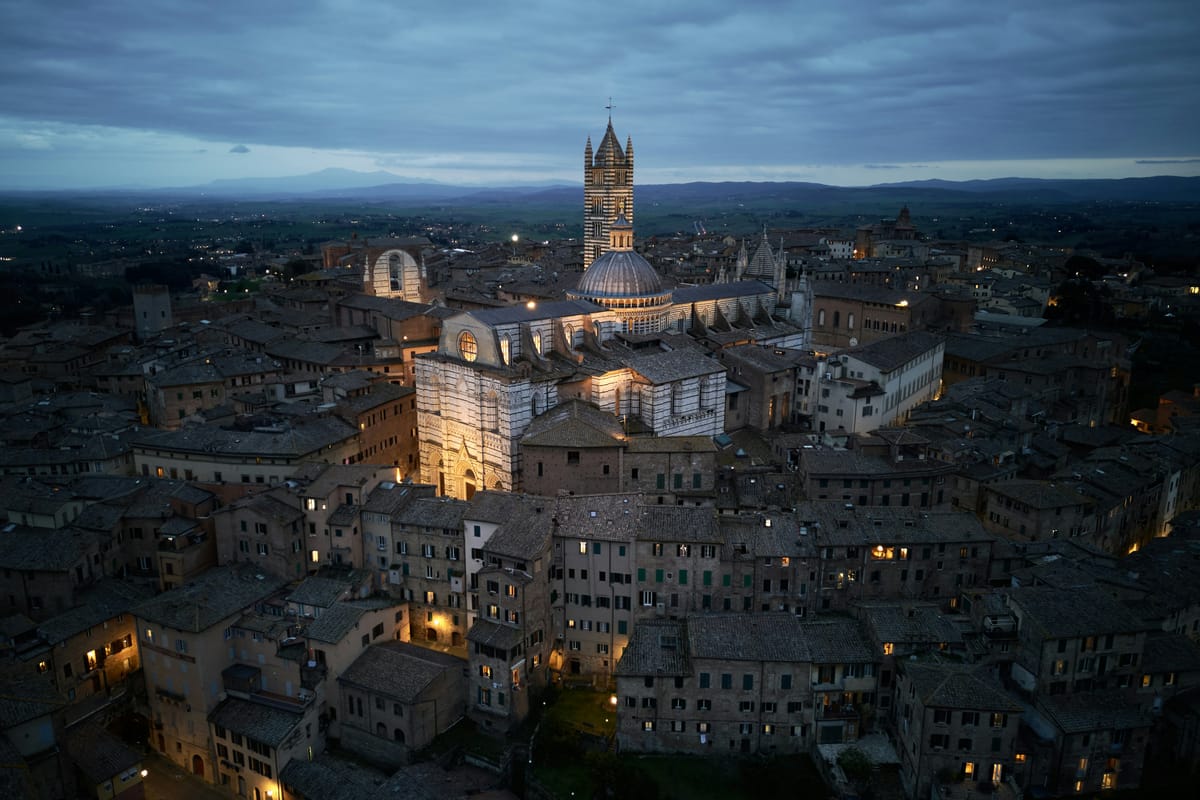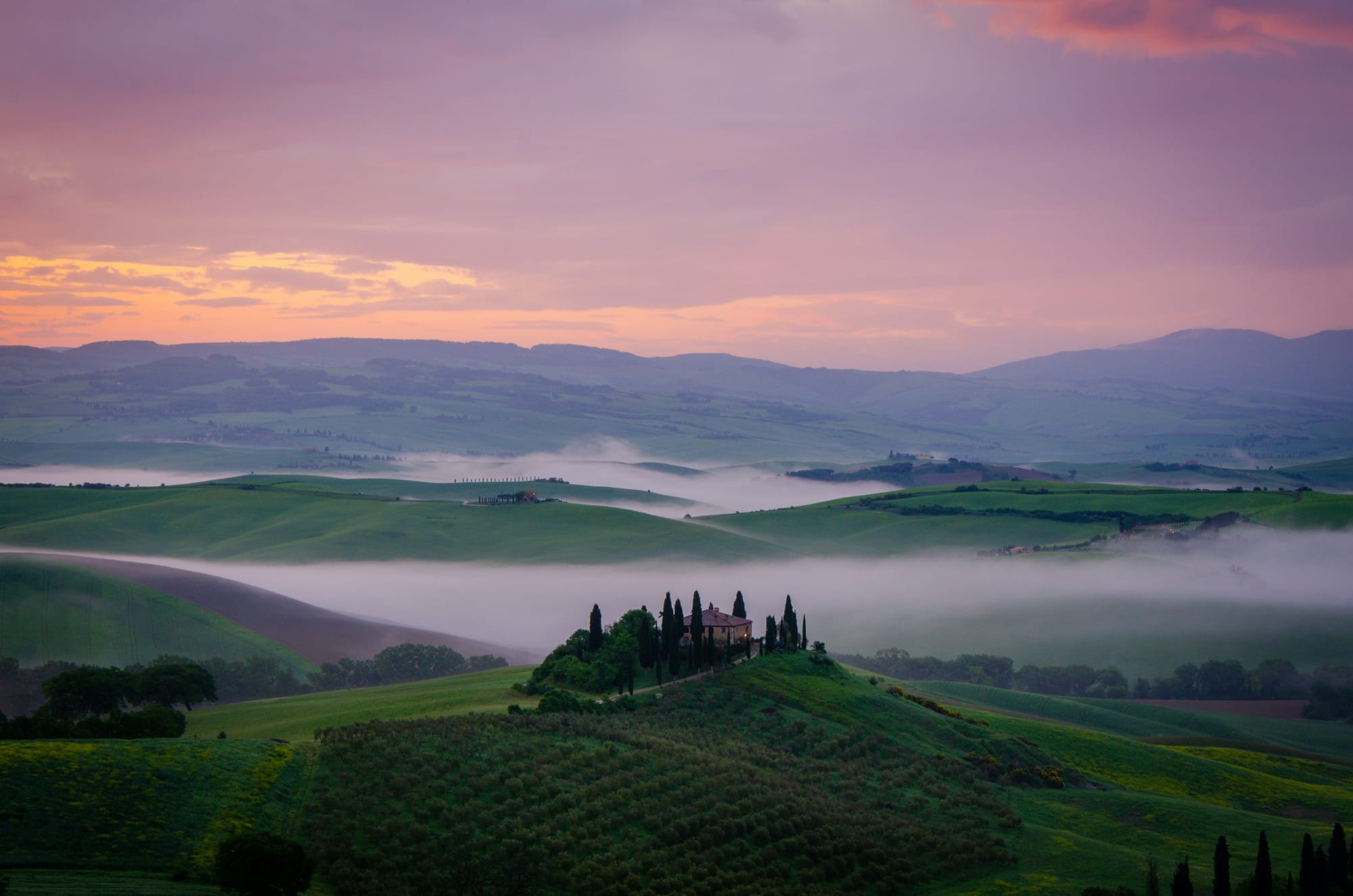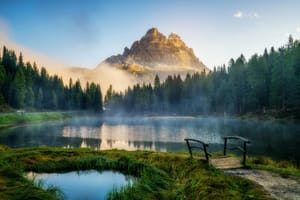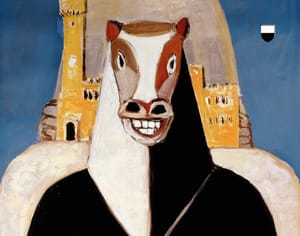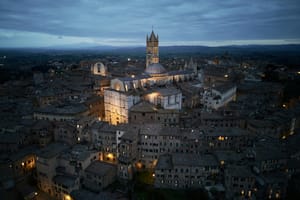Tuscany. The name itself conjures a dreamscape of rolling hills bathed in golden light, sentinel cypress trees lining winding country roads, and timeless art that shaped the Western world. It’s a landscape and a culture so deeply etched into the global imagination that it feels familiar even on a first visit. But to truly understand Tuscany is to look beyond the magnificent postcard vistas and discover the layers of history, flavor, and fierce local pride that lie just beneath the surface.
This is not a land to be rushed. It’s for those who wish to understand why a particular shade of sienna is named after a city, to taste the difference between olive oil from Lucca and the Val d'Orcia, and to feel the cool stone of a thousand-year-old abbey under their fingertips.
This guide is a deep dive into the heart of Tuscany, from the monumental art of its cities to the subtle rhythms of its countryside. It is your starting point for crafting a journey that is not just a vacation, but a genuine, authentic immersion into the soul of Italy.
Understanding Tuscany: beyond the postcard
To travel through Tuscany is to travel through time. The story of this region is a rich tapestry woven with threads from the mysterious Etruscans, who left their indelible mark in the volcanic tufa rock, and the Romans, who laid the foundations of its major cities. But its most defining era was, of course, the Renaissance. This was not just an artistic movement but a revolution in thought, finance, and politics, with Florence as its blazing epicenter. The wealth of merchant families like the Medici fueled an unprecedented explosion of genius—Brunelleschi, Donatello, Michelangelo, Leonardo da Vinci—whose work was not mere decoration, but a bold statement of human potential.
This history lives in the layout of the streets, the coats of arms on palazzo walls, and the very essence of the Tuscan identity: a blend of profound aesthetic sensibility and pragmatic, earthly wisdom.
To plan a meaningful trip, it helps to understand the region’s distinct geographical personalities:
- The cities of art: Florence and Siena are the undisputed titans, repositories of an almost overwhelming concentration of Renaissance and Gothic masterpieces.
- The rolling hills: This is the iconic Tuscany. The Chianti region between Florence and Siena is a landscape of vineyards and olive groves, while the Val d'Orcia to the south offers the more stark, expansive, and photographed hills.
- The rugged coast: The Maremma, stretching along the Tyrrhenian Sea, is Tuscany’s wilder side, a land of ancient Etruscan sites, butteri (Tuscan cowboys), and protected natural parks.
- The mountainous north: Regions like the Garfagnana and Lunigiana are less traveled, offering dramatic Apennine landscapes, medieval castles, and a glimpse into a more rustic, secluded way of life.
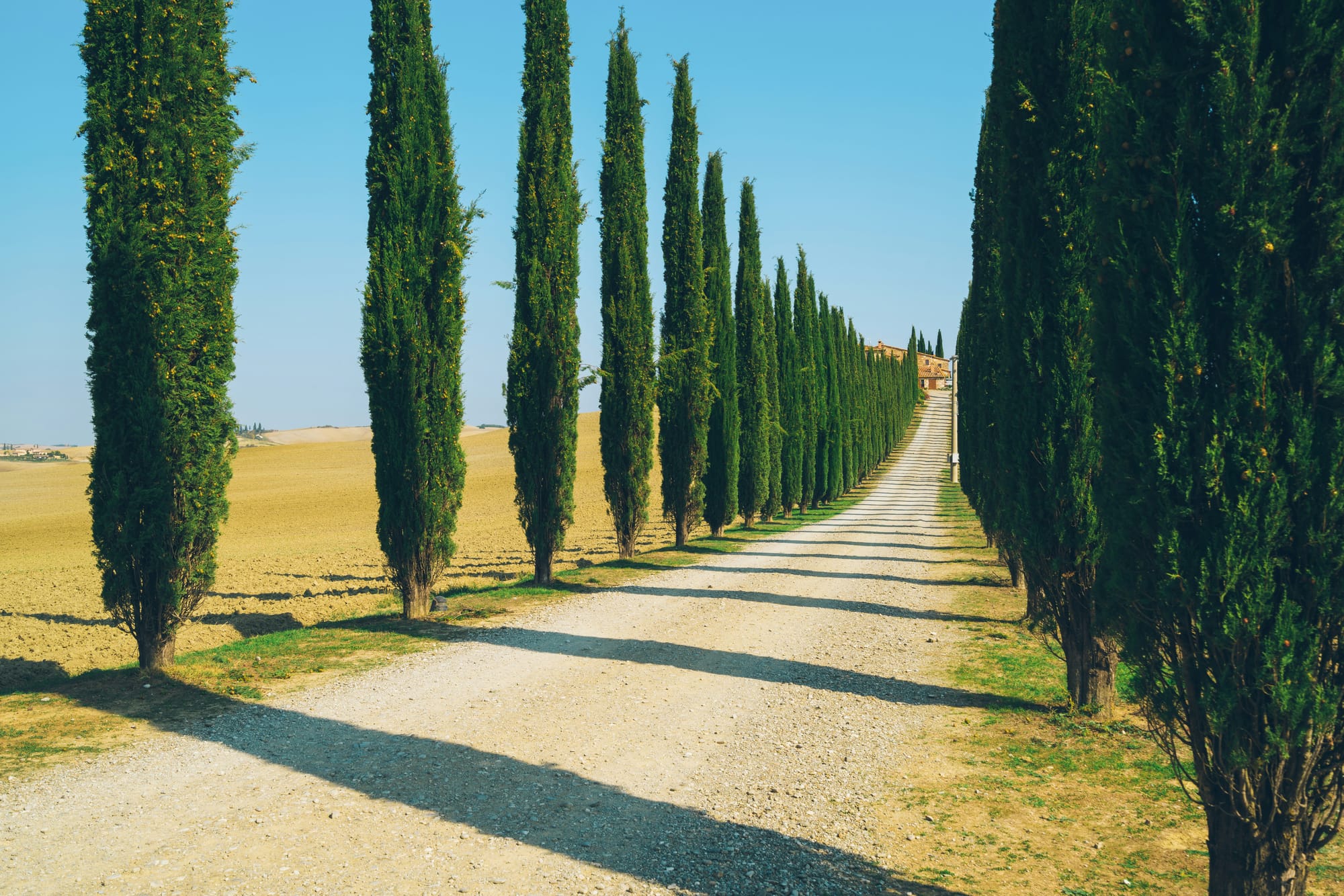
The unmissable cities: a cultural pilgrim's guide
While the soul of Tuscany may reside in its countryside, its heart beats in its cities. Each offers a unique window into the region's complex history and artistic legacy.
Florence (Firenze): the cradle of the Renaissance
Florence is not a city to be simply seen; it is a city to be experienced, absorbed, and navigated with intention. The sheer density of world-class art can be daunting, so the key is to prioritize and to seek out moments of quiet contemplation amidst the crowds.
- The monuments: The Cattedrale di Santa Maria del Fiore (the Duomo) with Brunelleschi's revolutionary dome is the city's anchor. A climb to the top is a rite of passage, offering unparalleled views. The Galleria dell'Accademia holds Michelangelo's David, a transcendent symbol of human perfection, while the Uffizi Gallery houses the world's greatest collection of Renaissance paintings.
- Beyond the checklist: For a deeper experience, cross the Arno River into the Oltrarno district. This is the artisan quarter, where you can still find small workshops (botteghe) of bookbinders, leatherworkers, and jewelers. Visit the Medici chapels to witness Michelangelo's powerful sculptures in a more somber, contemplative setting, or explore the Bargello Museum, home to a stunning collection of Renaissance sculpture, including Donatello's David.
- Practical advice: Book tickets for the Uffizi and Accademia weeks, if not months, in advance, especially during peak season. Consider the Firenze Card for priority access if you plan an intensive museum itinerary. To eat well, walk a few blocks away from the main tourist squares. A restaurant with a handwritten menu in Italian is almost always a promising sign.
- To plan your visit in detail → Explore the ultimate Florence travel guide.
Siena: the gothic masterpiece
If Florence is the embodiment of the Renaissance, Siena is its glorious Gothic rival. A city built on three hills, its identity is fiercely preserved within its medieval walls. The spirit of Siena is best understood through its unique civic structure of contrade, or city wards.
- The heart of the city: The Piazza del Campo is one of the most beautiful public spaces in the world. This shell-shaped piazza is the civic and social heart of Siena, and twice a year, it hosts the tumultuous and passionate Palio horse race. Sit at a cafe, absorb its scale, and watch the life of the city unfold.
- Awe-inspiring art: The Duomo di Siena is a breathtaking spectacle of black and white marble, both inside and out. Don't miss the Piccolomini Library with its vibrant Pinturicchio frescoes, the Baptistery, and the Museo dell'Opera del Duomo. For a truly unforgettable view, climb the Facciatone, the unfinished facade of a planned cathedral expansion, which offers a stunning perspective over the city and the Tuscan hills beyond.
- To plan your visit in detail → Explore the insider's guide to Siena.
Pisa & Lucca: a perfect pairing
Often visited together, these two cities offer a study in contrasts.
- Pisa: While the Leaning Tower is an undeniable icon, the Piazza dei Miracoli (Square of Miracles) in which it stands is a magnificent architectural complex in its own right, including the Cathedral and Baptistery. Venture beyond the square to discover the real Pisa: a vibrant university town with a beautiful riverfront and the impressive Piazza dei Cavalieri, redesigned by Giorgio Vasari.
- Lucca: Lucca is a haven of tranquility. Its defining feature is the perfectly preserved set of Renaissance-era walls, now a tree-lined pedestrian promenade. Renting a bicycle and cycling the 4.2 kilometers atop the walls is the perfect introduction to the city's relaxed pace. Discover the unique oval Piazza dell'Anfiteatro, which follows the footprint of a Roman amphitheater, and wander the charming streets to find artisan shops and excellent restaurants.
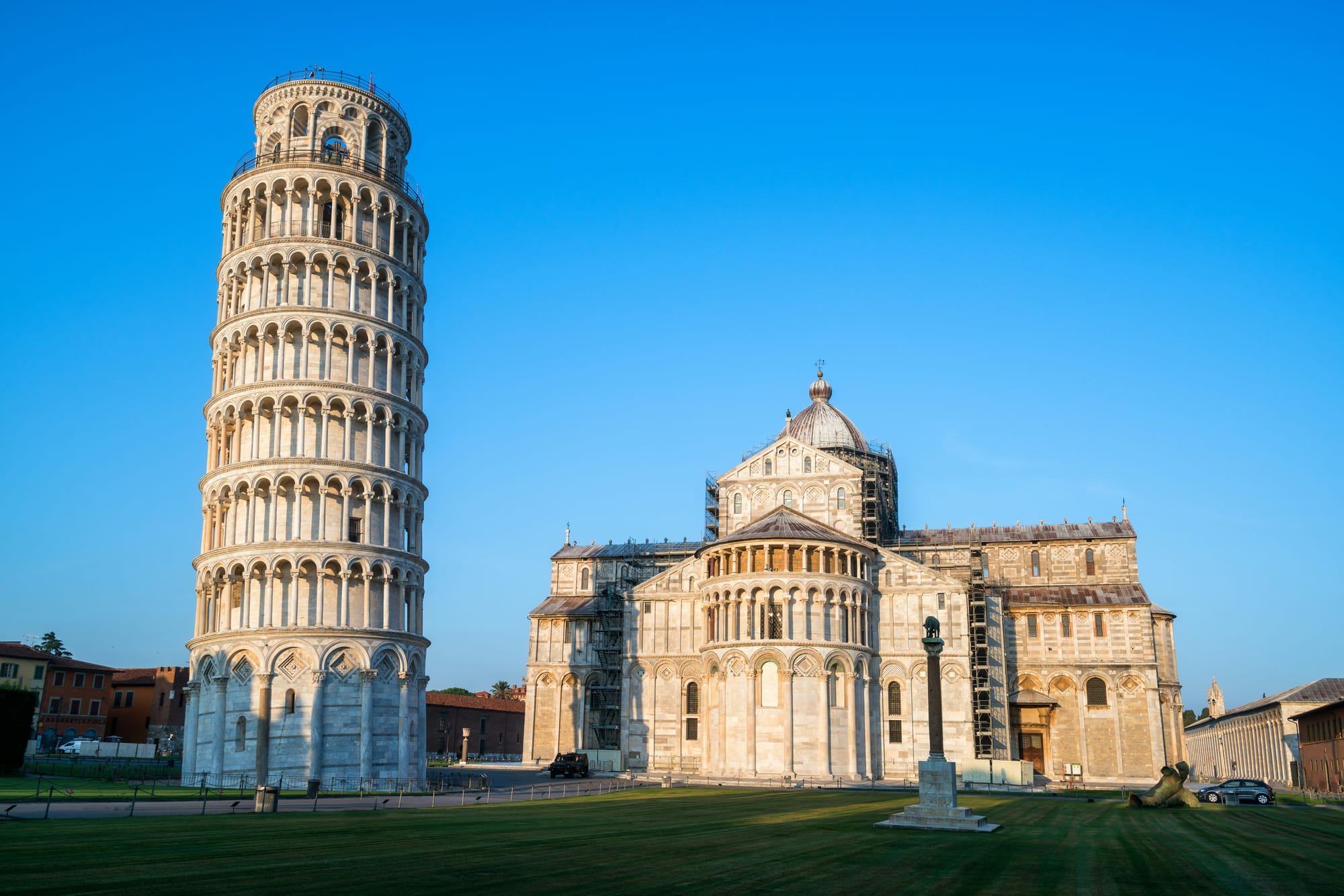
Journey through the Tuscan countryside: hill towns & hidden gems
To truly experience Tuscany, one must venture into its countryside. This is where the region's rhythm slows down, and the connection between the land and its people becomes palpable. A car is essential for this kind of exploration, offering the freedom to follow a winding road to a surprise discovery. This is not a landscape to be driven through, but to be absorbed.
The Chianti Classico wine road (SR222)
Stretching from just south of Florence to Siena, the SR222 is one of Italy’s most famous drives. The sensory experience is paramount: the scent of wild herbs in the air, the sight of ancient stone farmhouses nestled among the vines, the dappled light filtering through olive groves. This is the heartland of Chianti Classico wine, identifiable by the Gallo Nero (Black Rooster) seal—a mark of quality and specific geographical origin that distinguishes it from other, more generic Chianti wines.
- Key Towns & Experiences: Stop in Greve in Chianti, with its unique funnel-shaped piazza and historic butcher shops. Explore Castellina in Chianti for its impressive fortress and underground tunnel. For a deeper dive into the wine culture, consider a pre-booked tour at a historic estate like Castello di Brolio, the ancestral home of the Ricasoli family who helped create the original Chianti formula, or seek out a smaller, family-run podere for a more intimate tasting experience.
Val d'Orcia: the UNESCO World Heritage landscape
South of Siena lies the Val d'Orcia, a landscape so perfect it was recognized as a UNESCO World Heritage site. Its wide, cretaceous clay hills (crete senesi) create a stark, minimalist beauty that changes dramatically with the seasons.
- Iconic Towns: Pienza, rebuilt by Pope Pius II as the "ideal Renaissance city," is a masterclass in humanist urban planning. Its main street is lined with shops selling its famous Pecorino di Pienza; look for producers selling cheese aged in hay, ash, or walnut leaves. Montalcino, a fortified hilltop town, is the revered home of Brunello di Montalcino, one of Italy's most prestigious wines. Visit its 14th-century fortress, which now houses a magnificent enoteca. Montepulciano, perched on a high limestone ridge, is known for its elegant palazzi, underground cellars, and its own celebrated red, the Vino Nobile di Montepulciano. A unique stop is Bagno Vignoni, a tiny hamlet where the main square is a large pool of steaming thermal water, used since Roman times.
Beyond the famous: lesser-known treasures
For the traveler seeking to escape the crowds, Tuscany offers countless rewarding destinations.
- San Gimignano: Famous for its medieval towers that create a unique "medieval Manhattan" skyline. It can be very crowded, so an early morning or late afternoon visit is recommended to appreciate its charm.
- Volterra: A fascinating, less-touristed alternative to San Gimignano. With deep Etruscan roots, it is a center for alabaster carving, and its workshops are a joy to explore.
- Cortona: Perched high on a hill, this town (made famous by the book and film "Under the Tuscan Sun") offers breathtaking views over the Val di Chiana and Lake Trasimeno.
- Pitigliano: A truly spectacular sight in the southern Maremma region. The town seems to grow organically out of a massive tufa rock, and its historic Jewish quarter has earned it the nickname "Little Jerusalem."
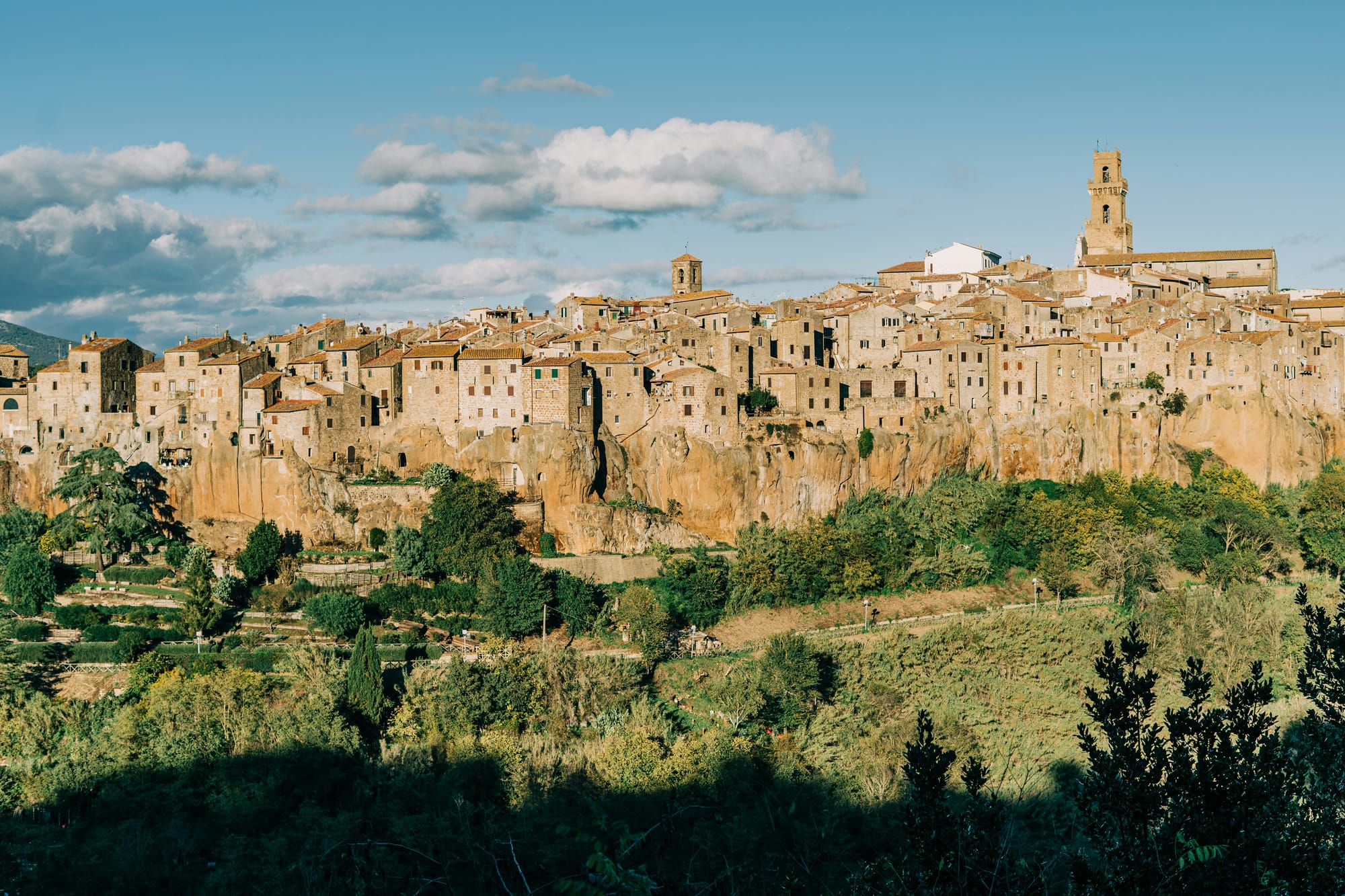
The authentic Tuscan table: a gastronomic journey
Tuscan cuisine is a direct reflection of its landscape and its history. It is a philosophy of simplicity, known as cucina povera (peasant cooking), where the quality and seasonality of the ingredients are paramount.
Must-try dishes:
- Bistecca alla Fiorentina: A thick-cut T-bone steak from Chianina cattle, seasoned simply and grilled over wood embers. It's meant to be shared and is always served rare (al sangue).
- Pappa al èomodoro and Ribollita: Two hearty bread-based soups that embody the soul of cucina povera. The first is a simple tomato and bread soup; the second is a twice-boiled vegetable and bean soup.
- Pici and Pappardelle: Look for these local pasta shapes. Pici are thick, hand-rolled spaghetti, often served with a simple garlic and tomato sauce (aglione) or a meat ragù. Pappardelle are wide ribbons, perfect with a rich wild boar (cinghiale) sauce.
- Pecorino di Pienza: Sheep's milk cheese from Pienza, available in various stages of aging, from fresh (fresco) to sharp and hard (stagionato).
- Cantucci con Vin Santo: The classic Tuscan dessert. These hard almond biscuits are not eaten on their own but are dipped into Vin Santo, a sweet, amber-colored dessert wine.
The wine experience:
- The Sangiovese grape is the undisputed king of Tuscany. Understanding its different expressions is key to appreciating the region's wines. When visiting wineries (cantine or aziende agricole), it's always best to book ahead. A tasting is not just about drinking; it's a cultural lesson in the local terroir and winemaking traditions. For the connoisseur, exploring the story of the Super Tuscans—iconic wines that broke with tradition to achieve new heights of quality—is a fascinating subplot.
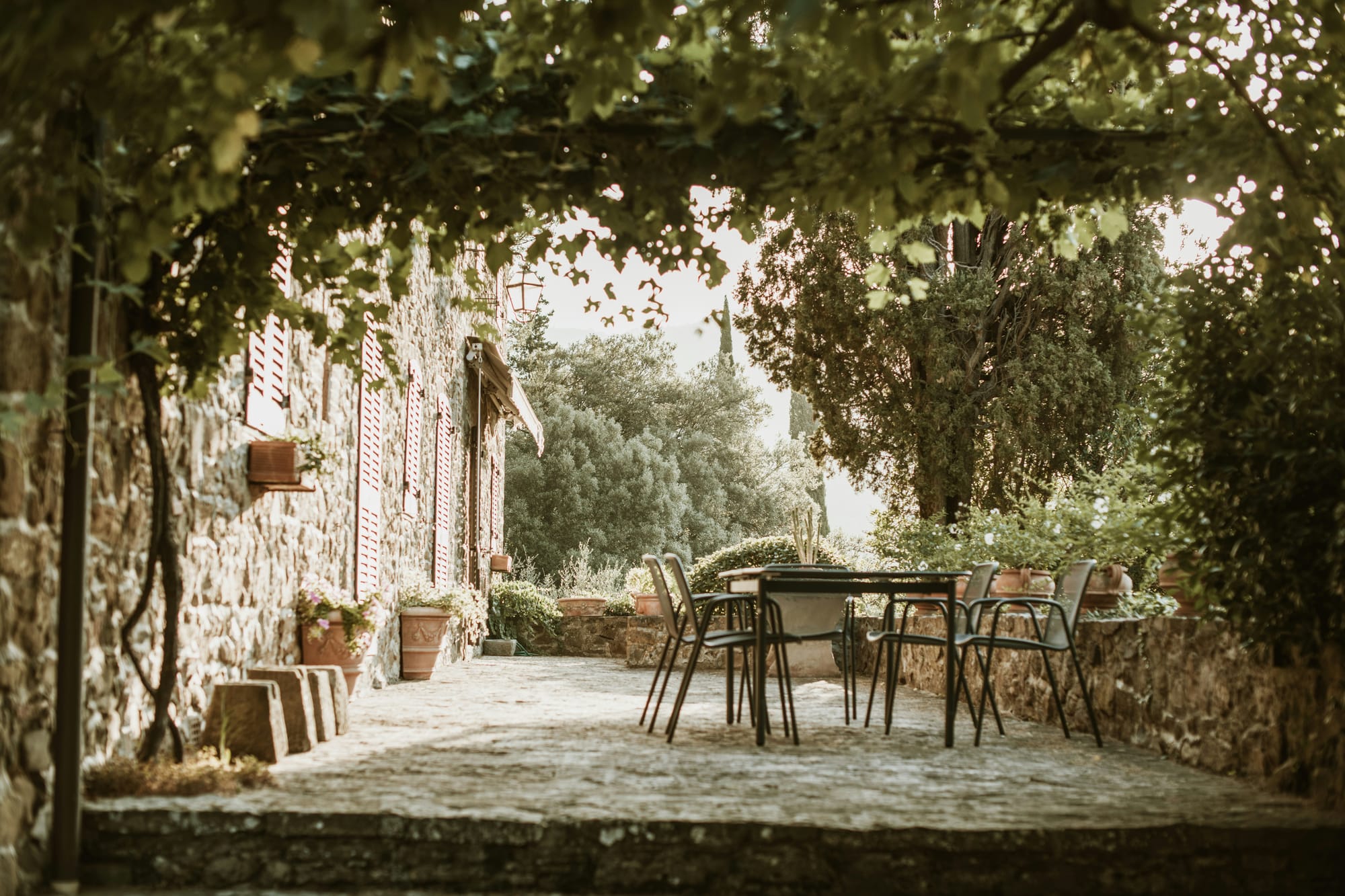
Practical guide for the curious traveler
Best time to visit Tuscany
- Spring (April-May): Arguably the best time. The weather is pleasant, the countryside is lush and green, and the summer crowds have not yet arrived.
- Summer (June-August): Hot and crowded, especially in the main cities. This is peak season. Best for those who want to enjoy coastal areas.
- Autumn (September-October): Another excellent period. The weather is still warm, and it’s harvest time (vendemmia), which brings a festive atmosphere. The colors are spectacular.
- Winter (November-March): Can be cold and damp, but you will have the cities and museums almost to yourself. A different, more contemplative Tuscan experience.
Getting there & around
- Airports: Tuscany's main international airports are in Florence (FLR) and Pisa (PSA).
- Driving: Renting a car is the best way to explore the countryside. Be aware of limited traffic zones in the historic centers of virtually all cities and towns, and unauthorized entry results in heavy fines. Look for parking lots outside the city walls.
- Train: The train network is good for connecting major cities like Florence, Siena, Pisa, and Lucca, but it will not get you to the hilltop towns and agriturismos.
Where to stay in Tuscany
Tuscany offers a wide range of accommodation to suit the independent traveler.
- Agriturismo: This is a uniquely Italian experience. An agriturismo is a working farm that offers rooms or apartments. It’s the best way to experience Tuscan hospitality, food, and country life. The quality ranges from rustic to incredibly luxurious.
- Historic Villas & Hotels: In cities and countryside alike, you can find beautifully restored historic properties that offer a deep sense of place.
Sample itineraries for your Tuscany experience
The biggest mistake is trying to do too much. Tuscany is a region to be savored, not ticked off a list. A good approach for a first-time, in-depth visit is:
- 7-day itinerary: Base yourself in two locations. For example, 3 days in Florence to absorb the art, followed by 4 days at an agriturismo in the Val d'Orcia or Chianti to explore the countryside.
- 10-day to 2-week itinerary: This allows for three bases. You could add a stay in or near Siena, or perhaps explore a less-traveled area like the Maremma or Lucca and the Garfagnana.
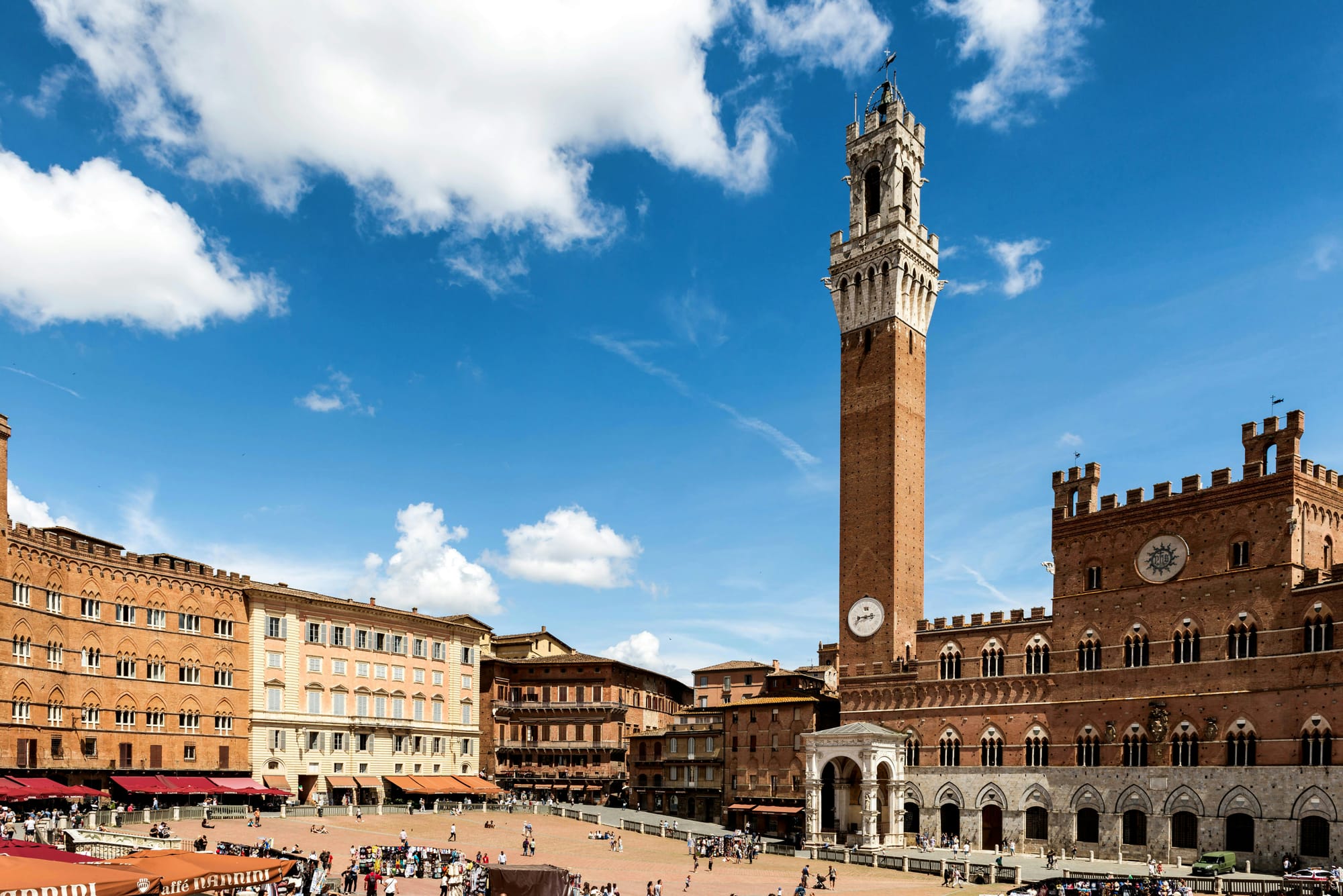
Frequently asked questions for the Tuscan traveler
Planning a trip to a region as rich as Tuscany can bring up many questions. Here are answers to some of the most common queries.
1. How many days are truly enough for Tuscany?
- While any amount of time in Tuscany is a gift, rushing is the biggest mistake. A 3-day trip will barely scratch the surface, likely confined to Florence with a hurried day tour. To do the region justice, a minimum of 7 days is recommended, allowing for a city base (like Florence) and a countryside base. For a true immersion that allows for spontaneous discoveries and a more relaxed pace, 10 to 14 days is ideal. This allows you to explore multiple sub-regions without feeling constantly on the move.
2. Do I absolutely need a car in Tuscany?
- It depends on your itinerary. For travel between major cities like Florence, Siena, and Pisa, the train system is efficient and recommended. However, to experience the heart of Tuscany—the hill towns, wineries, and agriturismos—a car is essential. It provides the freedom and flexibility that make a Tuscan journey so magical. The ideal strategy is a hybrid approach: arrive in Florence, explore the city on foot for a few days, then pick up a rental car on your way out of the city to begin your countryside exploration.
3. What is the best way to experience wine tasting?
- Simply showing up at a winery is not the norm. Always book your tasting in advance, either by phone or email. This ensures someone is available to host you. There's a difference between a simple tasting (degustazione) at a local wine shop (enoteca) and a full tour and tasting at a winery (cantina or azienda agricola). The latter is a more comprehensive experience where you learn about the production process and the land. For the most authentic recommendations, ask the host at your agriturismo; they will often have personal connections to excellent local, family-run producers.
4. Is English widely spoken?
- In major tourist centers like Florence and Siena, and at most hotels and popular restaurants, English is widely spoken. However, the moment you venture into smaller villages, family-run trattorias, or rural areas, this is much less the case. Learning a few basic Italian phrases is not only practical but also a sign of respect that is always warmly appreciated. A simple “Buongiorno” (Good morning), “Grazie” (Thank you), and “Il conto, per favore” (The bill, please) will go a long way.
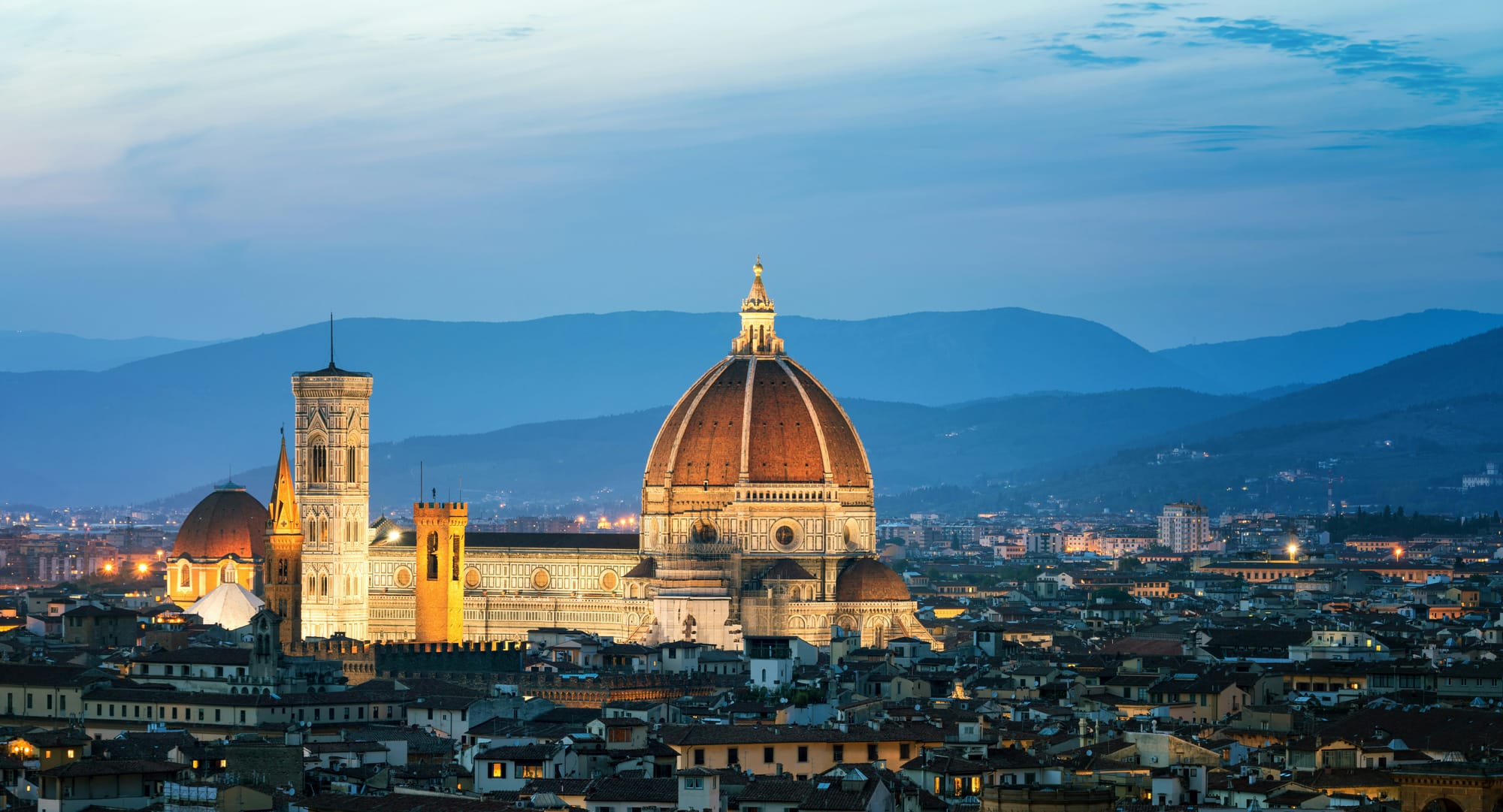
Tuscany does not reveal all its secrets at once. It asks for your presence, your curiosity, and your time. It resists the checklist and rewards the detour. Its true gift is its ability to slow the traveler down, to pull you into its rhythm, where the quality of light on a stone farmhouse or the taste of freshly pressed olive oil becomes a profound experience.
The art, the food, the wine, the landscape—in Tuscany, these are not separate attractions to be consumed. They are woven together into a single, seamless cultural fabric. A Pici pasta dish tastes different when you have spent the afternoon walking the hills where its ingredients were grown. A Renaissance painting makes more sense when you have seen the landscape and the light that inspired its creator.
This is the promise of an authentic journey here. The meticulous planning of the traveler is repaid with moments of unparalleled beauty and genuine connection. The ultimate itinerary is not one found in a book, but the one you create for yourself, guided by your own passions, one winding road, one perfect glass of wine, one unforgettable sunset at a time. The time to begin that conversation with Tuscany is now.
To learn more about italian regions → Read this guide, which contains all the information you need to discover the Bel Paese.
Start here below to plan your visit to Siena and Florence, where you can experience the charm of their medieval streets and historic squares, as well as the art and culture of their museums and galleries.
